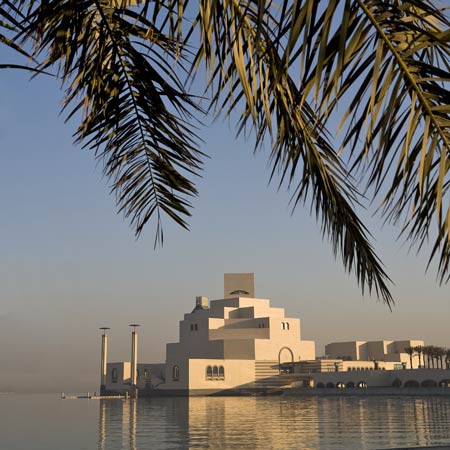
Museum of Islamic Art by IM Pei
Here is a full set of images of the Museum of Islamic Art in Doha, Qatar, designed by architect IM Pei, which officially opened yesterday.
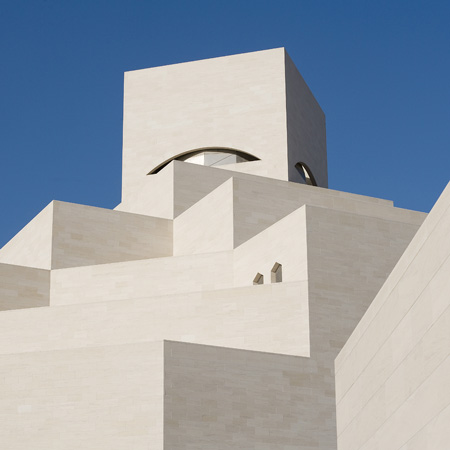
Here is some info from the museum:
--
MUSEUM OF ISLAMIC ART OPENS DECEMBER 1 IN QATAR IN ICONIC I.M. PEI-DESIGNED LANDMARK BUILDING
Inaugural Exhibition Celebrates Cultural Diversity and Complexity of Islamic Art
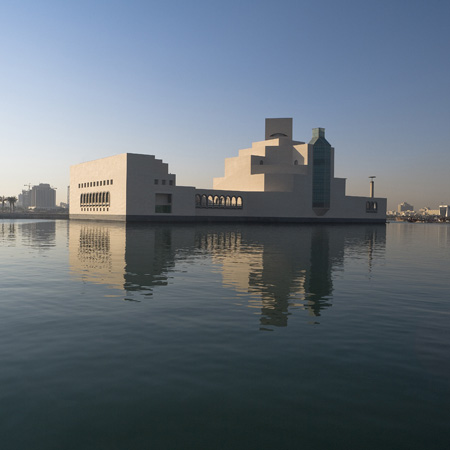
Doha, QATAR, November 22, 2008 – The Museum of Islamic Art, a new cultural icon for the Gulf region, will open its doors to the public on December 1, 2008.
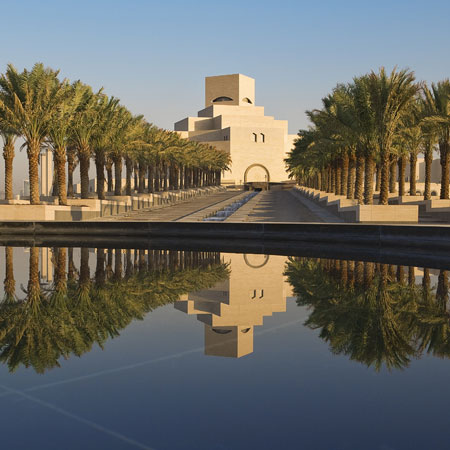
Dedicated to reflecting the full vitality, complexity and diversity of the arts of the Islamic world, the Museum of Islamic Art will collect, preserve, study and exhibit masterpieces spanning three continents from the 7th to the 19th century.
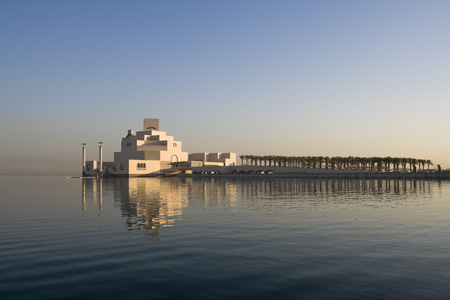
Under the leadership of Her Excellency Sheikha Al Mayassa bint Hamad bin Khalifa Al-Thani, Chairperson of the Qatar Museums Authority’s Board of Trustees, the Museum of Islamic Art will be a new international centre for learning and creativity that advances the cultural vision of the State of Qatar.
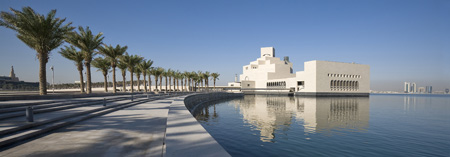
The Museum of Islamic Art will be officially inaugurated later today by His Highness the Emir, Sheikh Hamad Bin Khalifa Al-Thani, in an opening celebration attended by Heads of State, dignitaries and museum leadership from around the world. Highlights of the grand opening festivities will be a performance by The Silk Road Ensemble with renowned cellist Yo-Yo Ma.
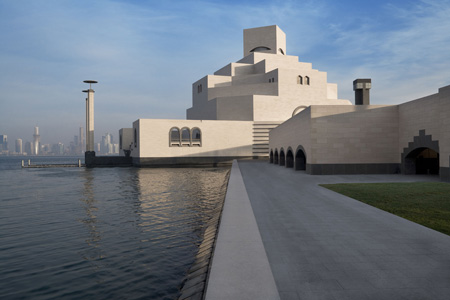
Designed by Pritzker Prize-winning architect I.M. Pei, the 376,740-square-foot Museum of Islamic Art rises from the sea, in Doha Bay in the Arabian Gulf and houses a collection of international masterpieces in galleries encircling a soaring, five-storey-high domed atrium.
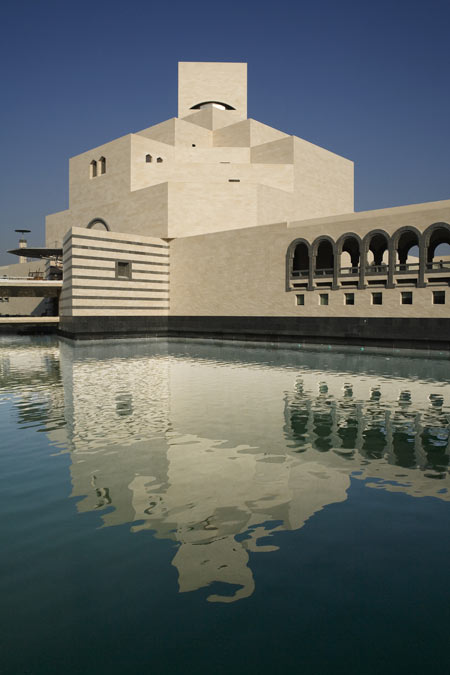
The inaugural installation of the permanent collection will showcase highlights ranging geographically over 7,000 miles from Spain to India and spanning more than 1,300 years. A special exhibition in partnership with leading cultural institutions will explore cross-cultural exchange across the Muslim world.
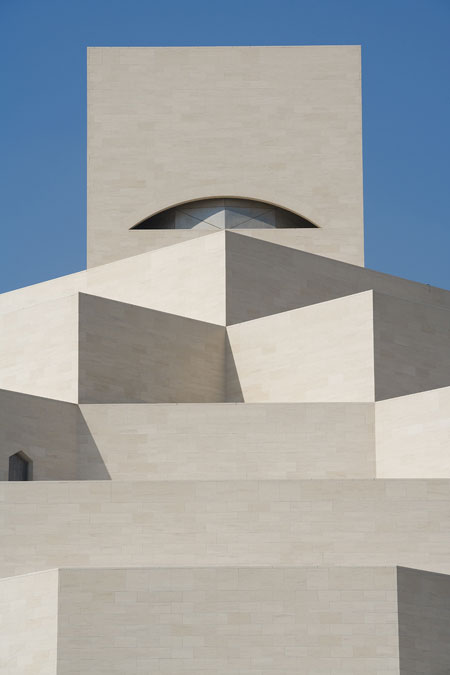
“The opening of the Museum of Islamic Art is a source of immense pride for the State of Qatar. In future years, the new museum will evolve into a place of learning and a platform for dialogue. It will bring together people of all ages, people living in the local community and visitors from around the world for enjoyment, stimulation and greater understanding of our cultures through the appreciation of art,” commented Museum of Islamic Art Chairperson, Her Excellency Sheikha Al Mayassa bint Hamad bin Khalifa Al-Thani.
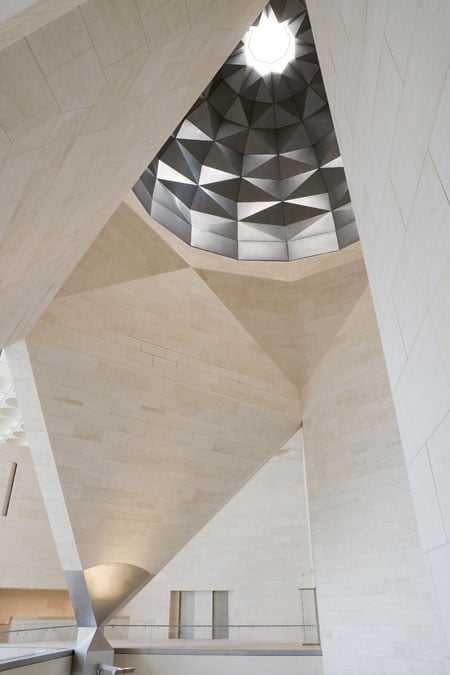
“With the opening of the Museum of Islamic Art, the state of Qatar has become an important contributor to the international art world,” said Abdulla Al Najjar, CEO of the Qatar Museums Authority. “We are proud to open the doors of this magnificent I.M Pei masterpiece, and to share with the world the exceptional depth and vitality of Islamic art.”
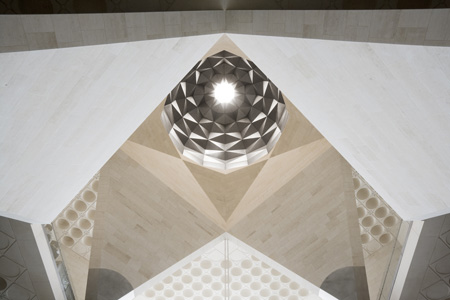
“We are thrilled to be able to display more than 800 pieces in the inaugural installation of our permanent collection, including many masterpieces of Islamic art that have rarely or never been exhibited before,” said Oliver Watson, director of the Museum of Islamic Art. “We also look forward to beginning a cultural dialogue with our partner institutions from around the world, exploring the influence of Islamic art in our first temporary exhibition, Beyond Boundaries: Islamic Art Across Cultures.”
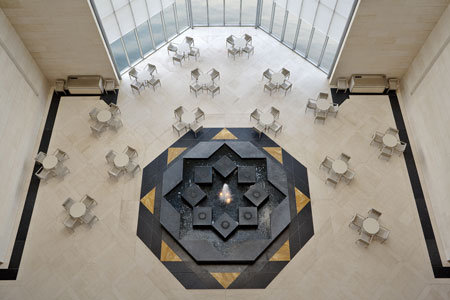
The Building
The Museum of Islamic Art is the result of a journey of discovery conducted by I.M. Pei, whose quest to understand the diversity of Islamic architecture led him on a world tour. During visits to the Grand Mosque in Córdoba, Spain; Fatehpur Sikri, a Mughal capital in India; the Umayyad Great Mosque in Damascus, Syria; and the ribat fortresses at Monastir and Sousse in Tunisia, he found that influences of climate and culture led to many interpretations of Islamic architecture, but none evoked the true essence he sought.
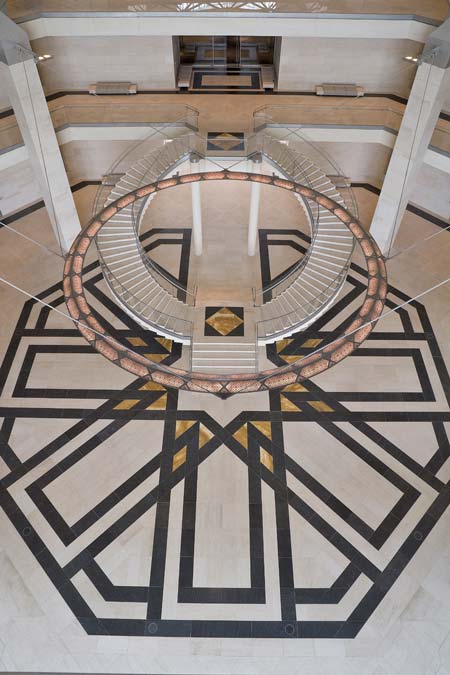
Mr. Pei’s final design inspiration was the 13th-century sabil (ablutions fountain) of the Mosque of Ahmad Ibn Tulun in Cairo, Egypt (9th century). In the “austerity and simplicity” of the sabil, Mr. Pei stated, he found “a severe architecture that comes to life in the sun, with its shadows and shades of colour.” The sabil offered ―an almost Cubist expression of geometric progression,” which evoked an abstract vision of the key design elements of Islamic architecture.
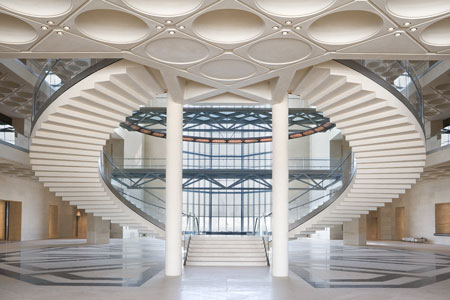
Declining to build the structure on any of the proposed sites along the Corniche, Mr. Pei suggested a stand-alone island be created to ensure future buildings would never encroach on the Museum. The building stands in the sea some 195 feet off Doha’s Corniche. A park of approximately 64 acres of dunes and oases on the shoreline behind the Museum offers shelter and a picturesque backdrop.
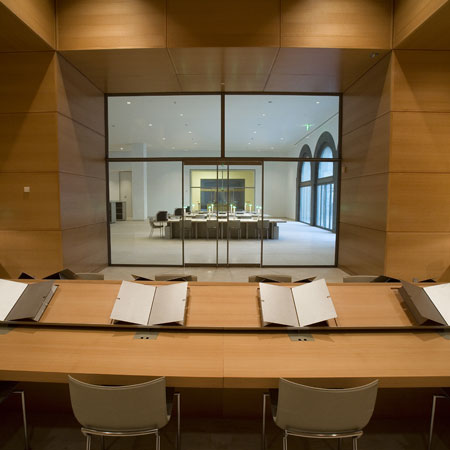
Built of fine materials, such as cream-coloured Magny and Chamesson limestone from France, Jet Mist granite from the United States and stainless steel from Germany, as well as architectural concrete from Qatar, the Museum is composed of a five-storey main building and a two-storey Education Wing, which are connected across a central courtyard. The main building’s angular volumes step back progressively as they rise around a164-foot-high domed atrium, which is concealed from outside view by the walls of a central tower. At the top of the atrium, an oculus captures and reflects patterned light within the faceted dome. The desert sun plays a fundamental role, transforming the architecture into a play of light and shadows.
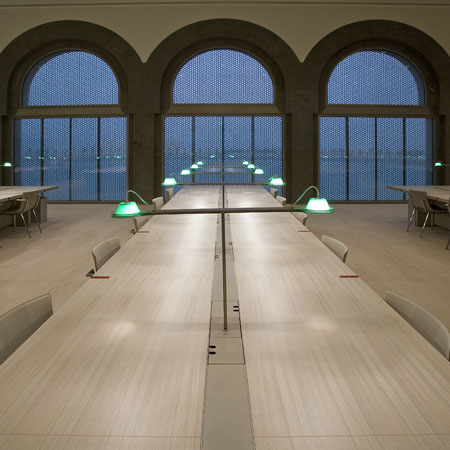
A glass curtain wall on the north side of the Museum offers panoramic views of the Gulf and West Bay area of Doha from all five floors of the atrium. Ceilings are embellished with intricate coffered domes, and perforated metal chandeliers hang in the atrium. Two more lanterns, each 100 feet tall, mark the boat dock on the west side of the Museum, creating a grand entrance for guests arriving by boat.
The galleries, designed by Jean-Michel Wilmotte from Paris, France feature dark grey porphyry stone and Louro Faya, a Brazilian lacewood that was brushed and treated to create a metallic appearance, which contrast with the light-coloured stonework of the rest of the Museum. To protect the fragile antiquities on display, the exhibition rooms feature specially designed cases and lighting. Mr. Wilmotte also created custom furniture for the museum, inspired by Pei’s architectural style.
The Museum’s education programs are housed in a 29,000-square-foot wing, located to the east of the main building across a fountain courtyard. The Education Wing, scheduled to open late 2009, includes a light-filled reading room in the Museum library, classrooms, workshops, study spaces, and technical and storage facilities. Among the latter is the conservation laboratory, an important new resource for the entire region. Underscoring the central role of education in the Museum of Islamic Art, the Education Wing will host educational and community activities to develop and foster an understanding and appreciation for Islamic art.
Visitor Information
The Museum of Islamic Art
Al Corniche
Doha, Qatar
Telephone: +974 422 4444
http://www.mia.org.qa
The Museum of Islamic Art is open Saturday through Monday, Wednesday and Thursday: 10:30 a.m. – 5:30 p.m., and Friday: 2:00 p.m.-8:00 p.m. The museum is closed on Tuesdays, December 25 and the first day of Eid.
There is no charge for admission to the museum or to the first Temporary Exhibition.